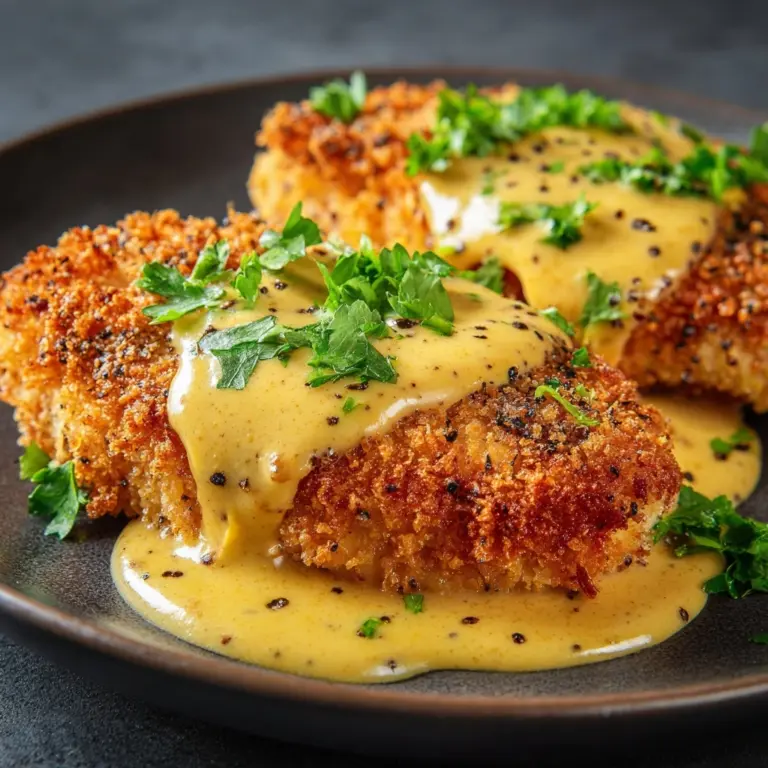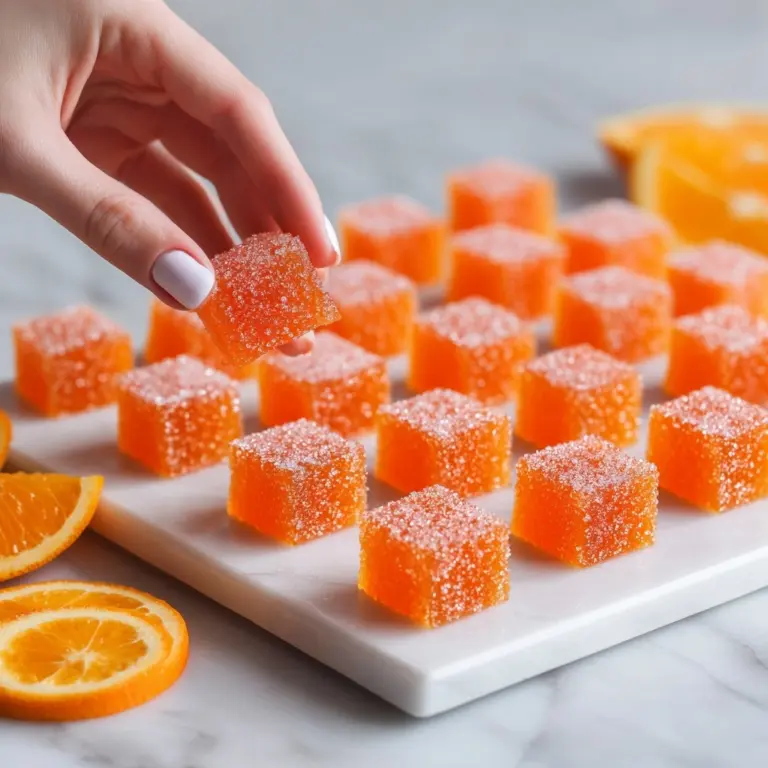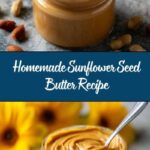Sunflower Seed Butter Recipe
If you love spreads that are creamy, ultra-nutritious, and a little out of the ordinary, this Sunflower Seed Butter is about to become your new obsession. Packed with toasty flavor and a dreamy, velvety texture, it’s perfect for anyone looking for a nut-free alternative or just craving something deliciously different. Whether you spread it, swirl it, or simply eat it by the spoonful (we get it), this homemade Sunflower Seed Butter recipe is simple, wholesome, and totally swoon-worthy.
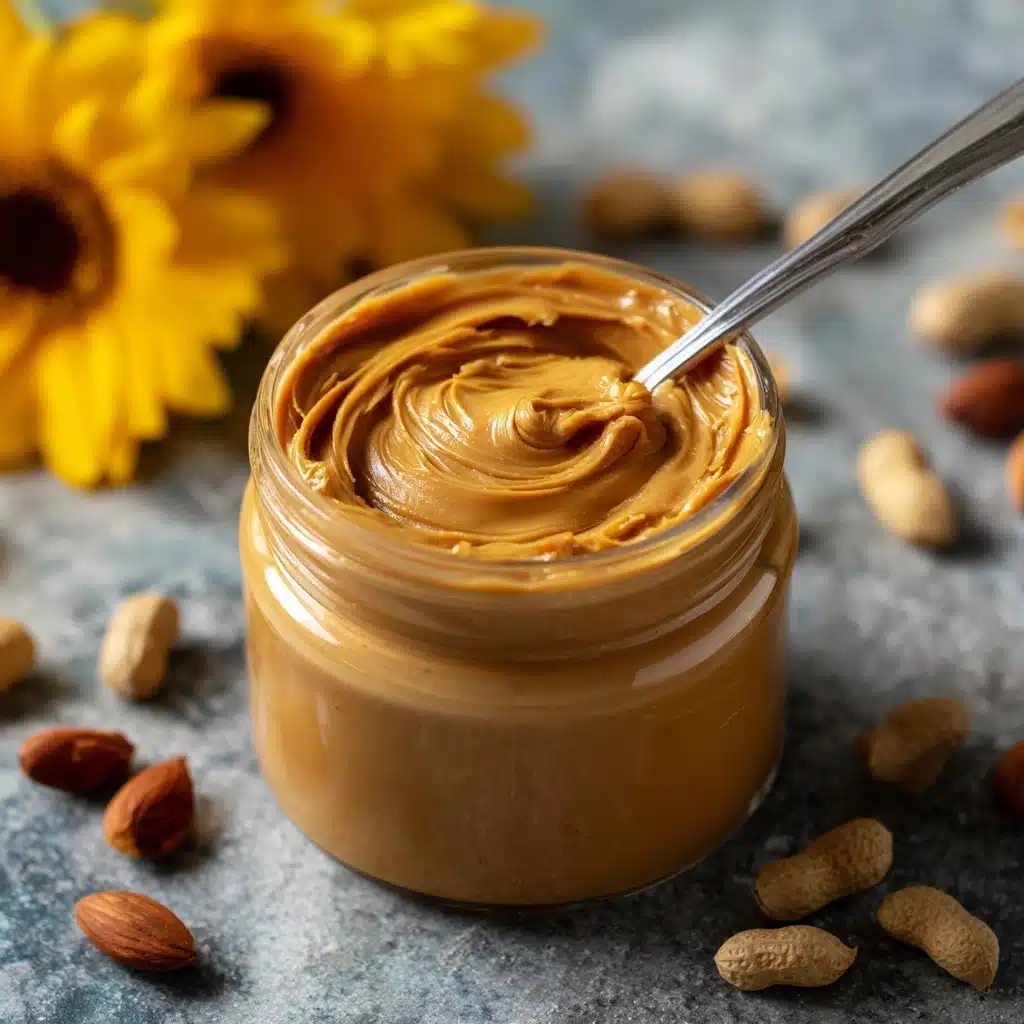
Ingredients You’ll Need
Making Sunflower Seed Butter at home is a breeze, and it all starts with straightforward, staple ingredients that each play an important role. Every element builds amazing flavor, while keeping the process as easy as possible.
- Raw Sunflower Seeds: These are the heart and soul of Sunflower Seed Butter, bringing a toasty richness once roasted.
- Neutral Oil: A splash of sunflower or grapeseed oil keeps things silky and helps the seeds blend smoothly.
- Salt: Just a pinch sharpens the buttery flavor and brings all the toasty notes forward.
- Honey or Maple Syrup (Optional): For a touch of sweetness, a drizzle of either works beautifully—totally customizable to your personal taste.
- Cinnamon (Optional): This is your secret weapon for a warm, aromatic hint that makes every scoop irresistible.
How to Make Sunflower Seed Butter
Step 1: Toast the Sunflower Seeds
Start by preheating your oven to 350°F (175°C). Spread the sunflower seeds in a single layer across a baking sheet, ensuring maximum contact with the heat for even roasting. Bake for 10 to 12 minutes, stirring the seeds halfway, until they’re lightly golden and smell nutty. The roasting step is what unlocks that deep, roasty flavor you want in a perfect Sunflower Seed Butter.
Step 2: Cool and Prepare for Blending
Let the roasted seeds cool for a few minutes—this will make them easier to handle and improve blending. Slightly warm seeds blend more willingly, but you don’t want them so hot that they risk overheating your food processor or altering the oil’s flavor.
Step 3: Blend Until Sandy
Move the cooled sunflower seeds into your food processor. Blend for 1 to 2 minutes, scraping down the sides as needed; the seeds will quickly become crumbly and sandy—don’t worry, this is just the start of the transformation!
Step 4: Process Into Creamy Butter
Continue blending in intervals, scraping down as you go. After about 5 to 8 minutes, that sandy mass will turn smooth and luscious. The help of a tablespoon or two of neutral oil will coax it along if things seem too thick or stubborn. Persistence pays off—keep blending until it’s silky and glossy.
Step 5: Season and Sweeten
Add salt to taste, and if you’re in the mood, a little honey or maple syrup and a shake of cinnamon for depth and sweetness. Blend it all once more until totally integrated. Taste and adjust until your Sunflower Seed Butter is singing with flavor.
How to Serve Sunflower Seed Butter
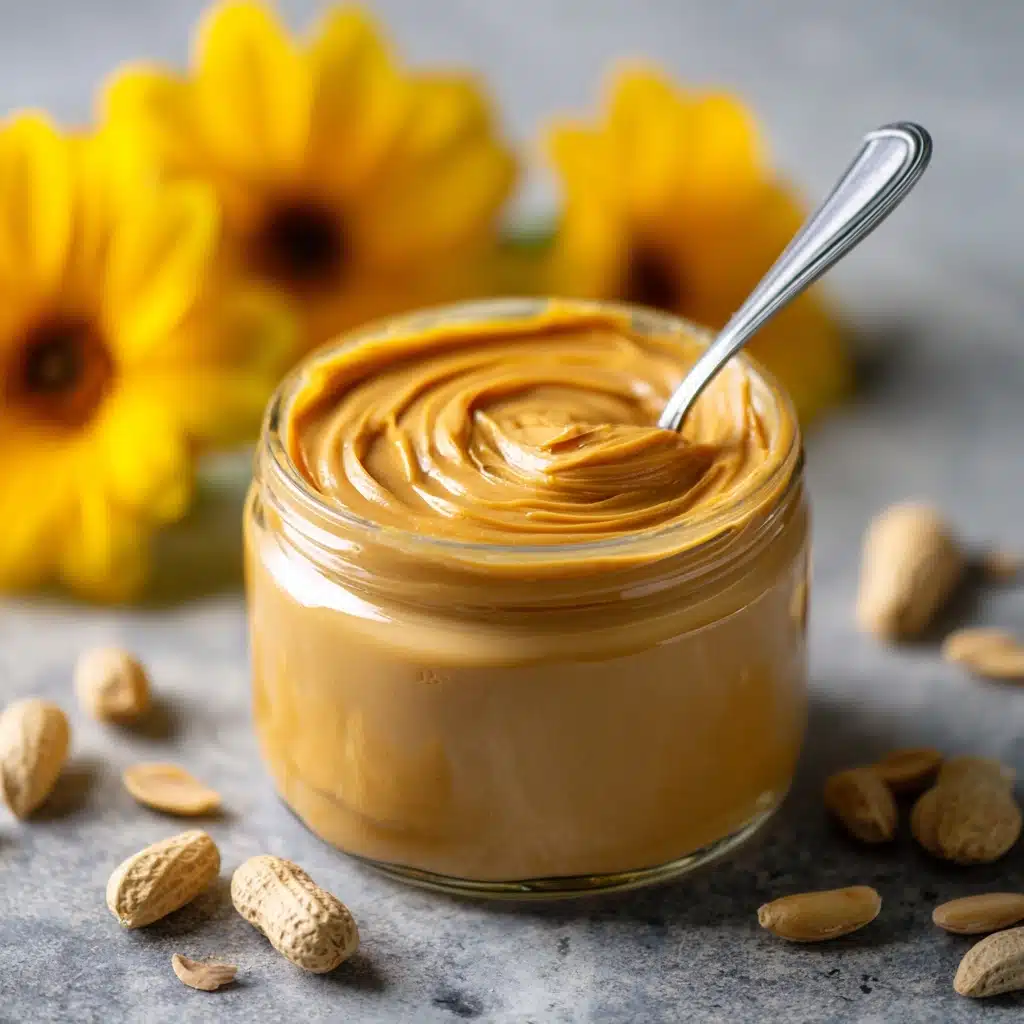
Garnishes
A sprinkle of flaky sea salt or an extra dash of cinnamon right on top brings out the flavor beautifully. For extra flair, try dotting the surface with sunflower seeds or even a drizzle of honey—the little touches make homemade Sunflower Seed Butter truly shine.
Side Dishes
Use this spread as a star player in breakfast or snack plates! It’s fantastic on warm toast with sliced fruit, dolloped onto oatmeal bowls, swirled into yogurt, or paired with crunchy veggies for dipping. Try it as a fun, allergy-friendly substitute for peanut butter in sandwiches for lunchboxes and picnics.
Creative Ways to Present
Level up your Sunflower Seed Butter by serving it in a little ramekin with apple and pear slices for a cozy appetizer tray. Or, drizzle it over pancakes, waffles, or even warm banana bread for a nut-free treat everyone can enjoy. You can even swirl it into smoothies or use it to create creamy salad dressings—the possibilities are virtually endless!
Make Ahead and Storage
Storing Leftovers
After making your fresh Sunflower Seed Butter, transfer it to an airtight jar or container. At room temperature, it’s good for about a week, making it perfect for daily breakfasts and snacks. Give it a good stir if the natural oils separate—homemade versions are wonderfully simple, so a little mixing is perfectly normal.
Freezing
If you want to store it longer, scoop the Sunflower Seed Butter into an airtight, freezer-safe jar or tightly sealed container. It freezes beautifully for up to three months—just bring it back to room temperature when you’re ready to enjoy it again. This way, you can always have a nut-free butter on hand for busy mornings or last-minute recipes.
Reheating
Should your Sunflower Seed Butter become extra firm in the fridge or freezer, let it sit at room temperature for a few minutes. For even faster results, warm it gently in the microwave for about 10 seconds at a time, stirring after each burst until it’s nice and spreadable again. Avoid overheating to keep the texture dreamy and smooth.
FAQs
Can I use roasted sunflower seeds instead of raw?
Absolutely! Roasted sunflower seeds can skip the oven step; just keep in mind they might already be salted, so adjust the seasoning to your preference.
What kind of oil works best for Sunflower Seed Butter?
Neutral oils like sunflower, grapeseed, or even light avocado oil blend in without overpowering the flavor. Avoid strong-flavored oils like olive or coconut unless you’re aiming for a bolder twist.
Is this Sunflower Seed Butter safe for nut allergies?
Yes! That’s one of the biggest perks of this recipe. Sunflower Seed Butter is totally nut-free, making it a fantastic option for anyone with peanut or tree nut allergies—just double-check your sunflower seeds and oil are processed in allergen-free facilities if strict safety is needed.
How do I make it sweeter or more savory?
You’re in charge here! For a sweeter spread, bump up the honey or maple syrup. For a savory kick, try blending in a pinch of smoked paprika or a scatter of roasted garlic.
My Sunflower Seed Butter seems a bit dry. What should I do?
If the mixture is thick or grainy after blending, simply drizzle in extra oil a teaspoon at a time while mixing until it relents into that perfect creamy consistency.
Final Thoughts
Once you taste homemade Sunflower Seed Butter, you’ll wonder how you ever went without it. It’s creamy, wholesome, and stunningly versatile—plus, making it yourself means customizing every jar just the way you like. Give this simple but spectacular recipe a try and bring a whole new twist to your favorite spreads!
Print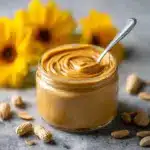
Sunflower Seed Butter Recipe
- Total Time: 17 minutes
- Yield: 1 cup 1x
- Diet: Vegan
Description
Learn how to make delicious homemade sunflower seed butter that’s perfect for those with nut allergies or looking for a different spread option. This creamy and flavorful sunflower seed butter is easy to whip up and can be customized to your taste preferences.
Ingredients
Sunflower Seed Butter:
- 2 cups raw sunflower seeds
- 1–2 tablespoons neutral oil (such as sunflower or grapeseed oil)
- 1/4 teaspoon salt (adjust to taste)
- 1–2 teaspoons honey or maple syrup (optional)
- 1/2 teaspoon cinnamon (optional)
Instructions
- Preheat the oven: Preheat the oven to 350°F (175°C) and spread the sunflower seeds on a baking sheet. Roast for 10–12 minutes until golden.
- Blend the seeds: Transfer the roasted seeds to a food processor and blend for 5–8 minutes until smooth, scraping down the sides as needed.
- Add flavor: Add oil, salt, honey/maple syrup, and cinnamon for taste. Blend until fully mixed.
Notes
- Sunflower seed butter thickens as it cools.
- Store in an airtight container at room temperature for up to 1 week or in the fridge for up to a month.
- Stir before using if separation occurs.
- Prep Time: 5 minutes
- Cook Time: 12 minutes
- Category: Condiment
- Method: Blending
- Cuisine: American
Nutrition
- Serving Size: 2 tablespoons
- Calories: 180
- Sugar: 1g
- Sodium: 50mg
- Fat: 16g
- Saturated Fat: 1.5g
- Unsaturated Fat: 13g
- Trans Fat: 0g
- Carbohydrates: 6g
- Fiber: 2g
- Protein: 5g
- Cholesterol: 0mg

